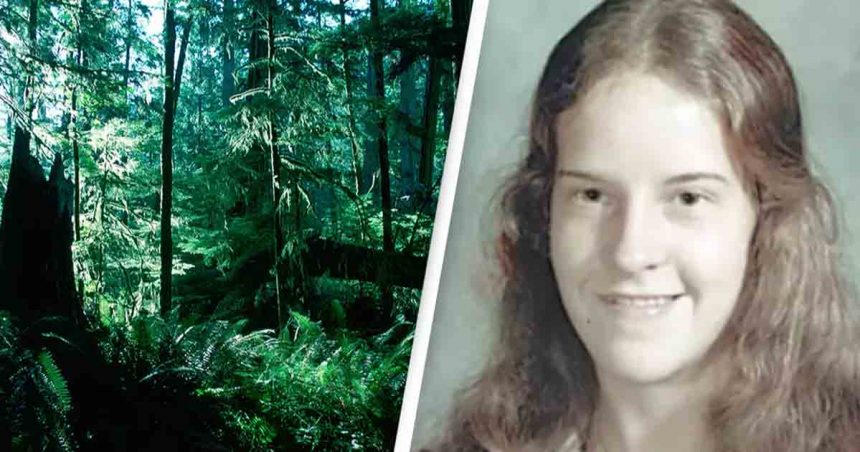A mysterious trend of disappearances in U.S. national parks has taken a chilling turn with the resurgence of an old legend: feral cannibals. This theory, fueled by social media platforms like TikTok, suggests that wild individuals are behind several unexplained vanishings. Despite the lack of concrete evidence, the fear persists, especially in the Great Smoky Mountains National Park. Let’s delve into the evidence and explore why these stories are sparking hysteria.
The concept of feral people inhabiting U.S. national parks is not a new one. Folklore about wild men dates back to the late 19th century, with the legend gaining traction over time, particularly through podcasts and TikTok. One of the most famous cases fueling this legend is the disappearance of six-year-old Dennis Martin in 1969 during a family camping trip in the Great Smoky Mountains National Park, where he vanished without a trace despite extensive search efforts.
The cannibal legend received renewed attention with the documentary film “Missing 411,” which delves into the mysterious disappearances of around 1,600 people from national parks across the U.S. Former police officer David Paulides, the author of the Missing 411 book series, has suggested that many of these cases involve sinister elements. However, experts argue that most disappearances in national parks can be attributed to mundane causes such as harsh weather conditions or lack of experience.
TikTok has become a powerful platform for spreading contemporary legends like the feral cannibal myth. Users have posted about these wild individuals inhabiting national parks, contributing to public fear and misunderstanding. The impact of these legends extends beyond social media, affecting local communities in rural areas like Appalachia, where residents are demonized by these myths.
While the legend of feral cannibals in national parks may be captivating, it remains just that—a legend. Most disappearances are likely due to natural causes and human error, emphasizing the power of folklore and modern media in shaping public perception. It’s essential to approach these stories with skepticism and a commitment to seeking the truth, rather than succumbing to fear and misinformation.






